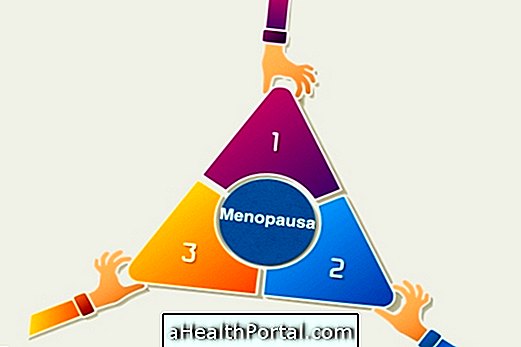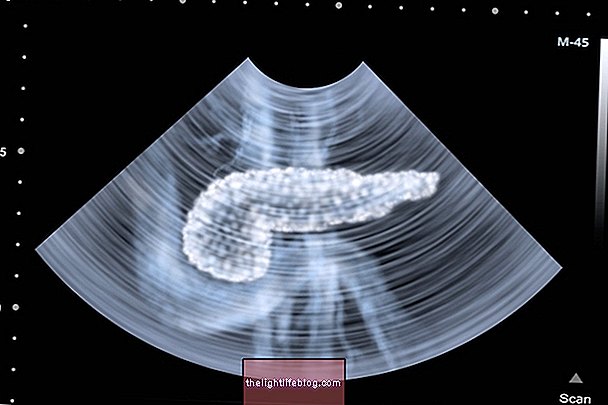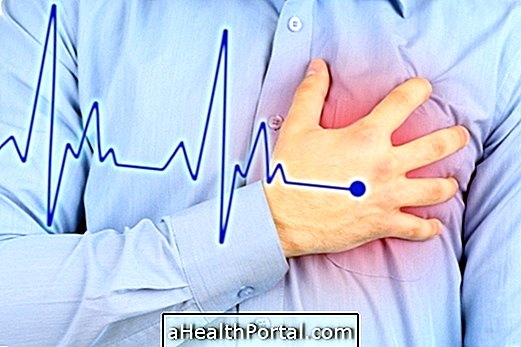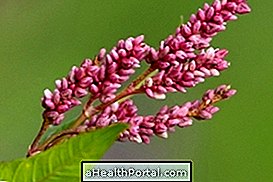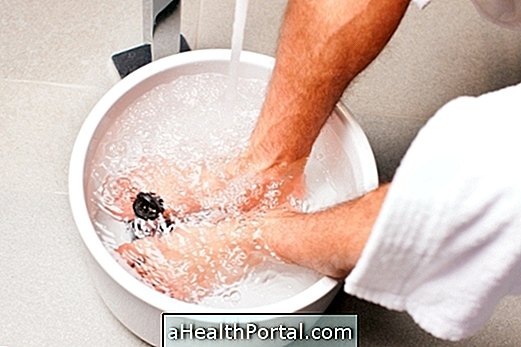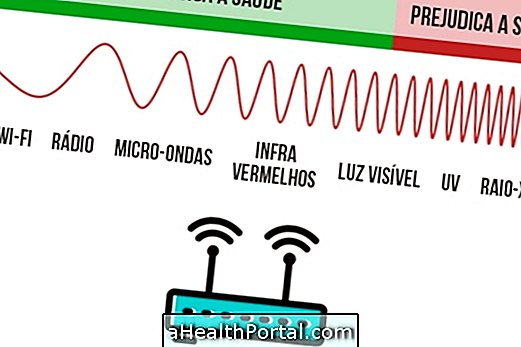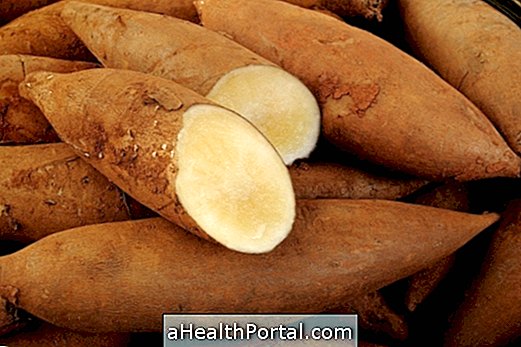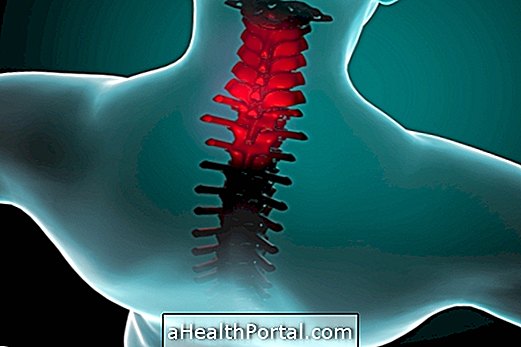To lose belly during menopause, it is important to have a balanced diet and maintain regular exercise because at this stage changes in body shape occur and it is easier to accumulate fat in the abdominal region. But only the hormonal alteration of this phase of life does not justify gaining weight.
Therefore, women during menopause should ensure a higher calorie expenditure, with more intense physical activities and a diet rich in fruits and vegetables that are less caloric foods.
Here's what else you can do to avoid menopausal weight gain in the following video:

Diet to lose belly during menopause
A good diet option to lose belly during menopause includes:
- Breakfast: 1 glass of cranberry juice and 2 toasted slices of soy bread or 1 cup of granola with flax seeds and 100 ml of soy milk;
- Morning snack: 1 glass of papaya vitamin with almond milk;
- Lunch: 1 salmon sandwich with watercress, and 1 cup apple juice or 1 soy yogurt;
- Afternoon snack: 1 season fruit or 1 glass of gelatin with yogurt;
- Dinner: grilled fish with carrot, mushroom and asparagus and 1 bowl of fruit salad;
- Supper: 1 natural yogurt or 1 corn starch porridge (Maizena) with oat milk and 1 teaspoon of soy lecithin as a nutritional supplement.
Each woman has different nutritional needs and it is recommended to consult a nutritionist before undertaking any type of diet.
Tips for Losing Belly in Menopause
Some tips for losing belly during menopause include:
- Do at least 6 meals throughout the day;
- Eat soup or soup before the main course as it helps to regulate the amount of calories eaten during the meal;
- Eat foods with carbohydrates with Low Glycemic Index Foods, such as yogurt and apple with peel;
- Include in the meal foods rich in proteins and low in fat, such as meat, white cheese and eggs, because they increase the sensation of satiety;
- Do water aerobics or Pilates at least 2 times a week.
The best way to lose belly is to make a balanced diet combination with exercise and therefore the woman should do at least 30 minutes of aerobic activities such as walking, running or cycling every day.


